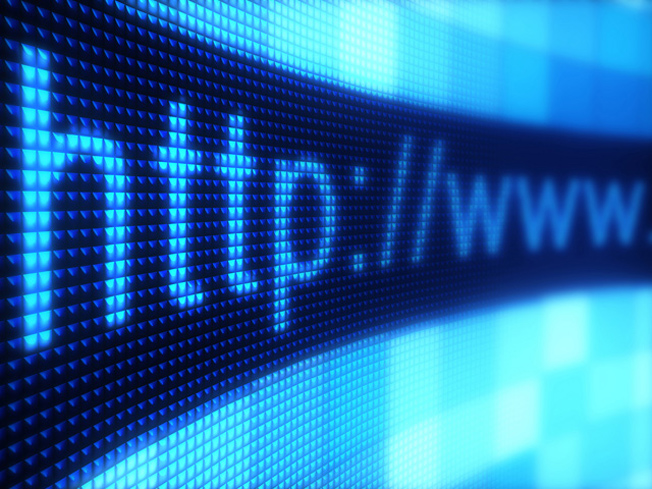As the sheer volume of data transmitted over the web continues to grow by leaps and bounds, there has been a lot of speculation regarding whether or not the fiber optic cables which form the underlying foundation of the internet will eventually max out.
Well not to fear. Researchers at the University of California, San Diego recently published a report in the journal Science detailing how they were able to increase the maximum power under which fiber optic signals can be transmitted and accurately decoded. In turn, optic signals can now travel for longer distances without seeing a degradation in quality.
“This advance,” the UC San Diego News Center writes, “has the potential to increase the data transmission rates for the fiber optic cables that serve as the backbone of the internet, cable, wireless and landline networks.”
DON’T MISS: Google’s Plan to Bring Free Superfast Wi-Fi to the World Has Begun
Nikola Alic, a research scientist involved in the study, explains why it’s such an important development:
Today’s fiber optic systems are a little like quicksand. With quicksand, the more you struggle, the faster you sink. With fiber optics, after a certain point, the more power you add to the signal, the more distortion you get, in effect preventing a longer reach. Our approach removes this power limit, which in turn extends how far signals can travel in optical fiber without needing a repeater.
In carrying out the experiment, researchers impressively managed to increase the power of optic signals 20 fold. In doing so, they were able to send optic signals on a record-setting 7456 mile trip with no accompanying signal distortion.
So how did researchers achieve such an impressive feat? The solution is rather clever.
Ordinarily, when the power behind optic signals transmissions is too high, the level of “crosstalk”, or interference, rises. But because the level and type of interference in such cases is predictable, researchers were successfully able to reverse it when the signal reached its destination.
As Gizmodo astutely points out, “there’s a lot more work to be done before this development translates into real world Internet improvements, but it’s a promising step toward a future where optical networks carry our data faster and at significantly lower costs than today.”
Amen to that.




